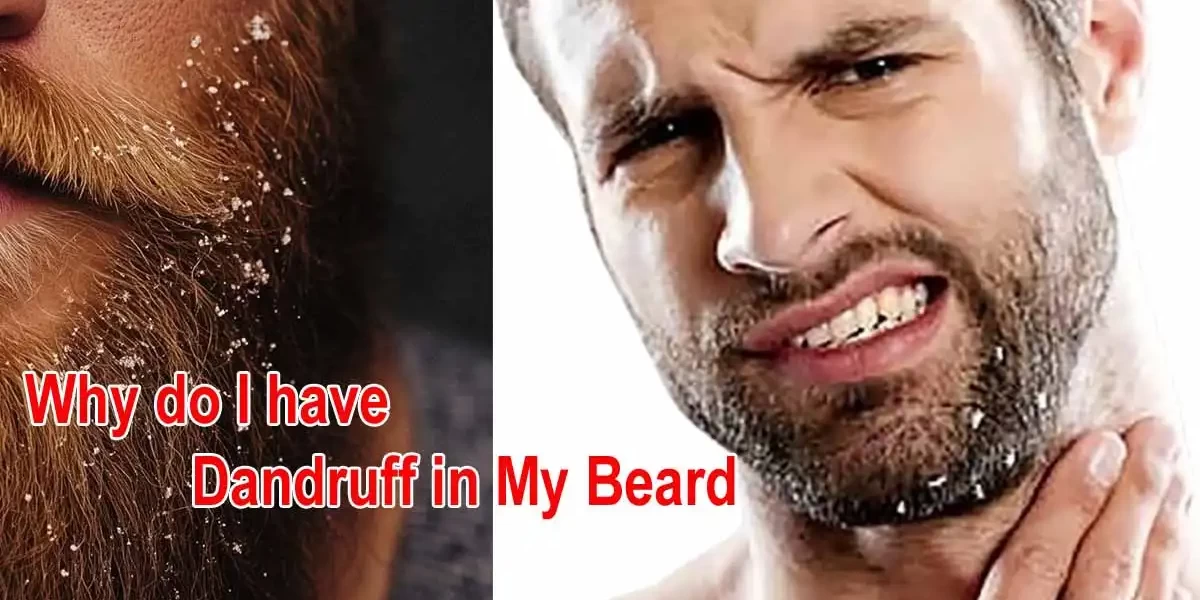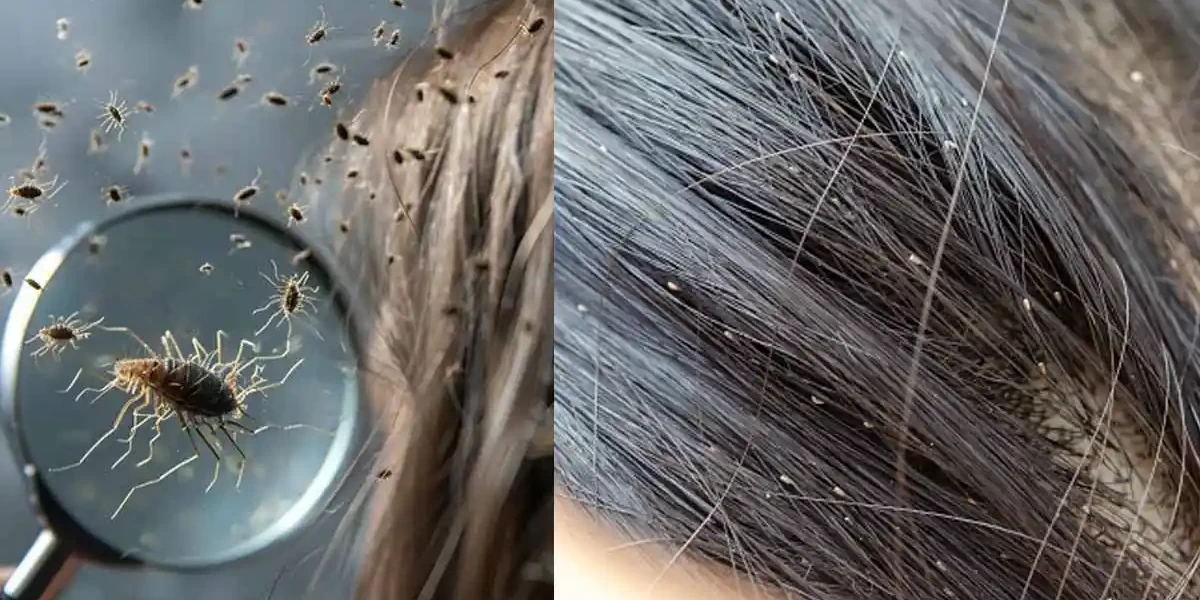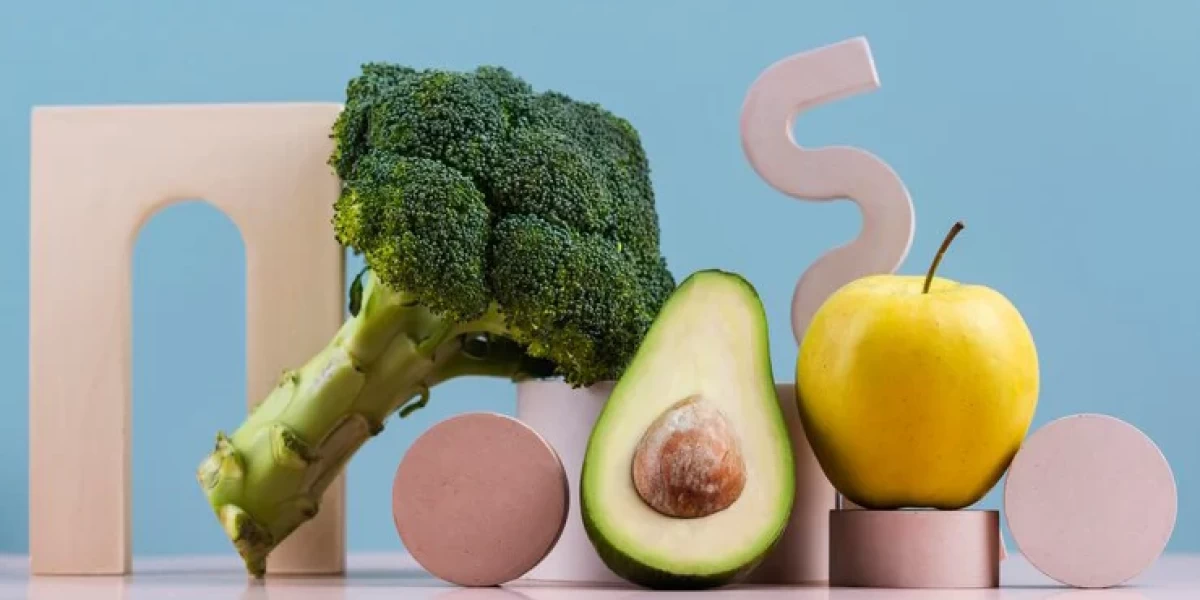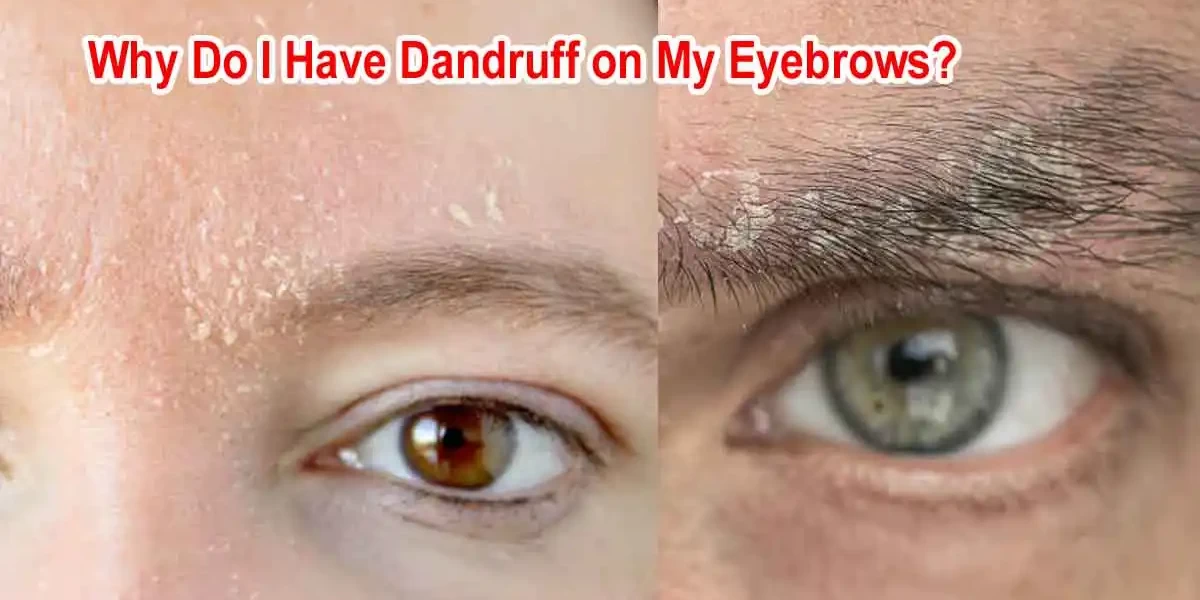Beard dandruff, also known as "beardruff," is an irritating condition that many men face. It can cause embarrassment, discomfort, and even affect your confidence. Fortunately, with the right techniques and care, you can eliminate beard dandruff for good. In this comprehensive guide, we’ll explore the causes, remedies, and preventive measures to keep your beard looking its best. By the end, you’ll have all the knowledge you need to maintain a flake-free, healthy, and attractive beard.
What Is Beard Dandruff?
Beard dandruff refers to the flaky skin that forms beneath your facial hair. Similar to scalp dandruff, it’s caused by a combination of dry skin, poor hygiene, and sometimes a yeast-like fungus called Malassezia. Addressing this issue requires understanding its root causes and following a targeted care routine. Whether you’re a seasoned beard enthusiast or just starting your grooming journey, recognizing and addressing beard dandruff is crucial for your overall confidence and beard health.
Why Does Beard Dandruff Happen?
-
Dry Skin: The skin beneath your beard can become dry due to lack of hydration, harsh weather conditions, or improper grooming. As the skin dries out, it becomes more prone to flaking.
-
Seborrheic Dermatitis: This common skin condition leads to red, scaly patches and flaky skin. It’s often linked to Malassezia, a yeast that thrives on the natural oils of your skin.
-
Poor Beard Hygiene: Neglecting to clean your beard allows dead skin cells, oils, and debris to accumulate, creating an ideal environment for dandruff to develop.
-
Harsh Products: Using shampoos or soaps not designed for facial hair can strip away natural oils, leaving your skin overly dry and irritated.
-
Stress and Diet: High stress levels and an unbalanced diet lacking essential nutrients can exacerbate skin conditions, including dandruff.
Symptoms of Beard Dandruff
-
Flakes: White or yellowish flakes are often visible on your beard or clothing, especially after scratching or combing your beard.
-
Itchiness: Persistent itching beneath the beard is a common symptom and can indicate underlying skin irritation.
-
Redness: Inflamed or irritated skin under facial hair can accompany beard dandruff.
-
Tightness: A dry, uncomfortable feeling around the beard area is another indicator of skin dehydration.
How to Get Rid of Beard Dandruff
1. Cleanse Your Beard Regularly
Proper hygiene is essential to remove dirt, oil, and dead skin cells that contribute to dandruff.
-
Use a Gentle Beard Shampoo: Opt for products specifically designed for beards. Look for ingredients like tea tree oil or salicylic acid, which have antifungal and anti-inflammatory properties to combat dandruff effectively.
-
Frequency: Wash your beard 2-3 times a week to avoid over-stripping natural oils while keeping it clean.
2. Exfoliate the Skin Beneath
Exfoliation helps to remove dead skin cells and unclog pores, promoting healthier skin and hair growth.
-
Tools: Use a soft-bristle beard brush or a gentle exfoliating scrub designed for facial skin.
-
Technique: Brush in circular motions to stimulate circulation and dislodge flakes effectively. Incorporate this into your routine 2-3 times a week.
3. Hydrate Your Skin and Beard
Hydration is key to preventing dryness and keeping your beard and the underlying skin healthy.
-
Beard Oils: Use high-quality oils containing jojoba, argan, or coconut oil. These oils mimic natural skin sebum and provide deep hydration, reducing flakiness.
-
Application: Apply a few drops daily after washing your beard. Distribute the oil evenly using your fingers or a beard comb.
Visual Suggestion: Add an image showing the correct steps for applying beard oil effectively.
4. Moisturize with Beard Balms
Beard balms are excellent for locking in moisture while offering additional nourishment.
-
Ingredients to Look For: Choose balms with shea butter, beeswax, and essential oils for optimal hydration and protection.
-
Usage: Rub a small amount between your palms to warm it up, then work it through your beard from root to tip.
5. Treat Seborrheic Dermatitis if Present
If regular care doesn’t resolve your dandruff, it may be linked to seborrheic dermatitis, which requires a more targeted approach.
-
Anti-Dandruff Shampoos: Use shampoos containing ketoconazole, zinc pyrithione, or selenium sulfide. These ingredients are effective against fungal growth.
-
Consult a Dermatologist: For severe or persistent cases, seek professional advice to explore prescription treatments or topical medications.
Natural Remedies for Beard Dandruff
-
Apple Cider Vinegar Rinse: Mix equal parts apple cider vinegar and water. Apply it to your beard to balance pH levels and combat fungal growth. Leave it on for 5-10 minutes before rinsing.
-
Aloe Vera Gel: Apply aloe vera directly to soothe irritation and hydrate the skin naturally.
-
Coconut Oil: Use coconut oil as a natural moisturizer to prevent dryness. Its antifungal properties can also help reduce dandruff.
-
Honey Masks: Mix raw honey with warm water and apply it to your beard. Leave it on for 15-20 minutes to nourish and hydrate your skin.
Preventing Beard Dandruff
1. Maintain a Consistent Grooming Routine
2. Avoid Harsh Products
-
Choose beard-friendly products free of sulfates, parabens, and alcohol, which can strip your skin and beard of essential moisture.
3. Stay Hydrated
4. Eat a Balanced Diet
-
Include foods rich in omega-3 fatty acids, vitamins A, D, and E, and zinc to support healthy skin.
5. Protect Your Beard from Harsh Weather
Common Myths About Beard Dandruff
Myth 1: Only Poor Hygiene Causes Beard Dandruff
Truth: While hygiene is a factor, underlying skin conditions like seborrheic dermatitis or fungal overgrowth can also contribute significantly.
Myth 2: Shaving Off Your Beard is the Only Solution
Truth: With the right care and products, beard dandruff can be managed effectively without resorting to shaving.
Myth 3: Beard Oils Alone Can Cure Dandruff
Truth: Beard oils are essential for hydration but must be combined with cleansing, exfoliation, and other grooming practices for lasting results.
Conclusion
Beard dandruff can be frustrating, but it’s entirely manageable with the right approach. By maintaining proper hygiene, using quality products, and staying consistent, you can achieve a healthy, flake-free beard. Remember, a well-groomed beard not only enhances your appearance but also boosts your confidence. Take the first step today, and embrace the journey to a healthier, dandruff-free beard.
FAQs
-
How do I stop dandruff on my beard?
-
What causes facial dandruff?
-
Facial dandruff, also known as seborrheic dermatitis, is often caused by a yeast called Malassezia that grows in oily areas. Other factors include dry skin, sensitivity to oleic acid (a byproduct of the yeast), and increased skin cell turnover.
-
Why is my beard so dry and flaky?
-
Dry and flaky beards can result from a lack of moisture, over-washing, harsh beard products, or underlying skin conditions like seborrheic dermatitis. Cold weather and low humidity can also contribute to dryness.
-
How do I get rid of dead skin under my beard?
-
What oil is good for beard dandruff?
-
How do I detox my beard?
-
Can lemon remove beard?
-
Should you pluck out beard hair?
-
Can I apply coconut oil on my beard?











